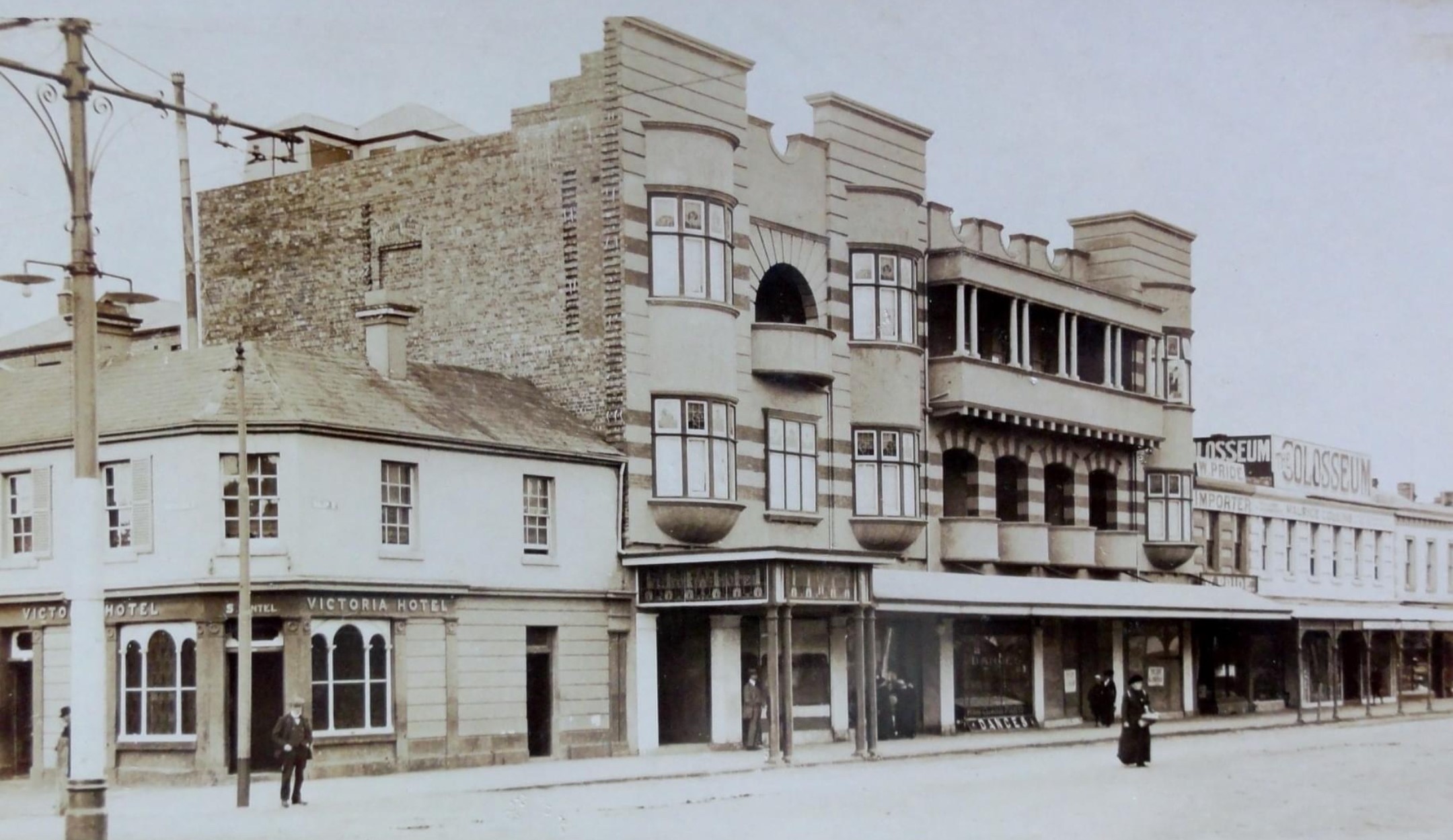
Tracking down what Geelong looked like a century ago, a century and a half ago, is kid’s play these days. Just jump on to social media, or any of a range of websites, and you’re there – back in the glory days of old G-town, the halcyon salad days so many sentimentalists pine for, yearn for.
Thing about nostalgia, it’s not what it used to be. Most people tend to remember the better of things, repressing the less than optimal. And without trying to go all humbug about things, it’s probably fair to say we tend to go a bit soft on the truth.
Sure, the verandahs and awnings along Moorabool and Ryrie streets were sweet. Cool and shady in summer, a welcome shelter in winter, even a little mysterious for the old folks who remember them as toddlers hanging off mothers’ mitts.
Not so salubrious, however, the outdoor dunnies and blowflies assaulting the olfactory sensibilities in every back yard – residential, industrial, commercial or sporting – across the city. Or the chamber-pots under beds essential for avoiding wet, night trips to the cold, reeking privy.
Busy town streets, grocers, haberdasheries, coffee lounges, restaurants, pubs, trams and newfangled jalopies were the rage for ages. Loaded with promise, pure catnip, for sensibilities seeking retail, victuals, sporting speed or substance therapy.
Not so easy, of course, the pounds, shillings and pence calculations across the avoirdupois pounds and ounces weights and measures. Not to mention ha’pennies and farthings, let alone banking demands for collateral for any loans. People managed, though, without calculators.
Football and cricket, tennis and rowing too, were the great opiates of the masses, and Geelong credentials and greats are cemented in the nation’s sporting pantheon. You needed to be tough, mind you. Little resembling the high-tech treatment available on hand for injuries today.
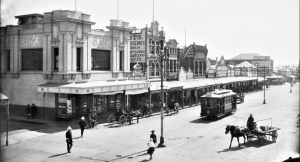
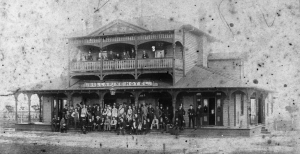
ABC Cafe, Moorabool St, Geelong; Bellarine Hotel, Point Henry.
You didn’t have to be belted onfield to come up against medicine’s primitive status. Miasmas, chills and influenza were enough to wipe just about anyone out. Infant mortality was through the roof, antibiotics didn’t exist, let alone anti-virals or cancer treatments. Medical science was still in its infancy, so perhaps not that surprising religion and superstition ran as strong as they did.
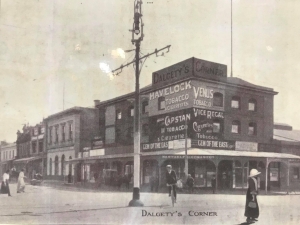
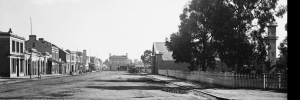
Dalgety’s Corner, Malop St; Little Malop St.
Old town images depict handsome hatted and besuited gents, even labourers are well dressed. Women in crinolines carry pretty parasols. Their skirts are beguilingly hemmed to the ankle to avoid the animal ordure and mud populating the streets. Little can mask the pong, however, and handkerchiefs are commonplace.
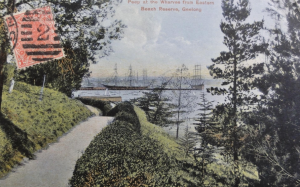

Eastern Beach; Edgecombe, Aberdeen St, Newtown.
For all this, there was an energy on the streets that’s not so commonplace today. Everyone walked in the 19th century, unless they had the luxury of a horse and carriage, or later a velocipede or bike. Horse-drawn coaches and trains between cities yes, but no trams, buses. And no such thing, basically, as the obesity so common today.
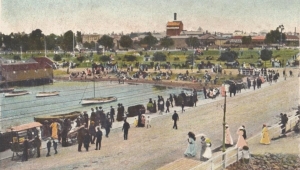
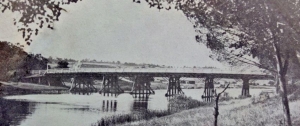
Geelong waterfront; Princes Bridge at present-day Balyang Sanctuary.
Odd thing back then was the infrequency of bathing. Few showers about, baths were long, drawn-out, often weekly affairs – whether you needed one or not. BO wasn’t considered much of a problem, let alone a treatable issue, until the early 1900s with the onset of deodorants.
Thankfully, it was heavily masked by the ubiquitous miasma of tobacco and cigar smoke.
This article appeared in the Geelong Advertiser 4 November 2024.


